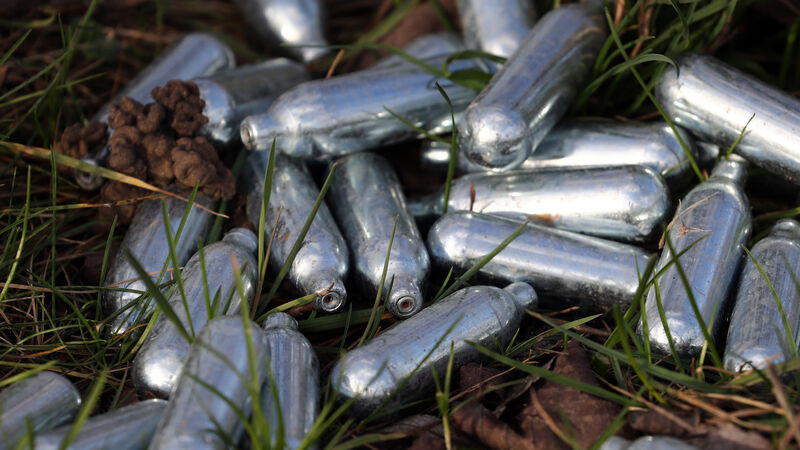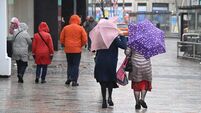Recreational use of laughing gas on the rise, despite health risks

The drug nitrous oxide, also known as laughing gas, has been used for its psychoactive effects.
Recreational use of nitrous oxide, also known as laughing gas, is increasing, according to an EU drugs agency.
The rise comes despite the risks of taking the drug including frostbite, irreversible nerve and lung damage, permanent paralysis and fatal asphyxiation.










